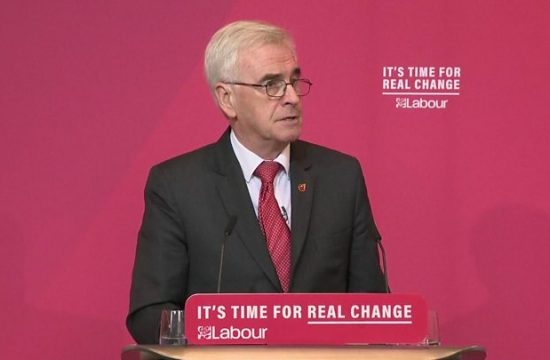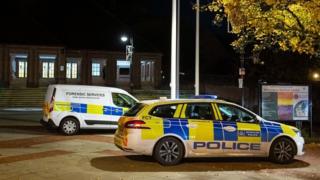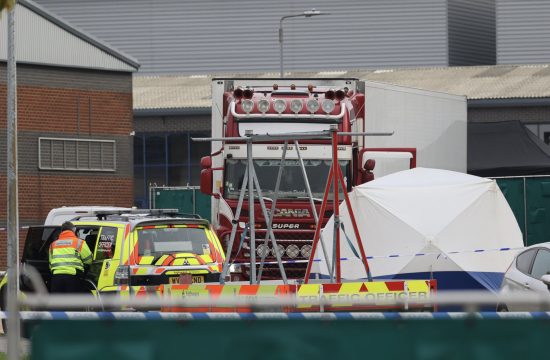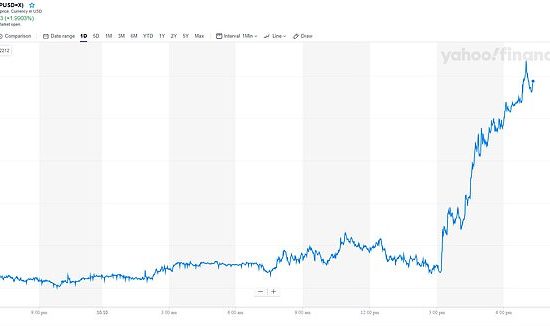A tunnel built under the Berlin Wall to allow dozens of East Germans to escape to freedom has been exposed for the first time in almost half a century.
Hundreds of volunteers, including some of the original tunnellers, dug up 189 cubic metres of earth beneath a 19th century brewery to allow access to the former escape route. It will open to the public on Monday as part of celebrations to mark 30 years since the fall of the Berlin Wall.
It is the first time one of the 75 escape tunnels built during the division of Germany has been excavated. A specially constructed 30-metre-long walkway offers visitors views into the depths of the tunnel’s narrow, rugged lime-mud walls, which now have protected status.
Poignantly, the tunnel – 110 metres long, 9 metres deep and built from west to east over two months in the winter of 1970-71 – was never used. Officers from the Stasi, or East German secret police, who had covertly observed its construction for weeks, using ultrasound monitors to detect its route, seized the tunnellers just as they were nearing completion on the communist side, with just three metres left to dig. Stasi reports indicate the pleasure the officers took in allowing the men to continue their back-breaking work in damp, dark conditions, knowing they were about to thwart their efforts.
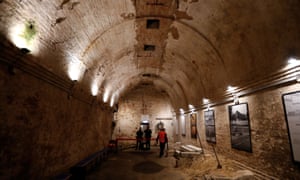
Many of the 17-strong team ended up being interrogated or imprisoned and the Stasi ordered the tunnel to be filled.
“It was gut-wrenching when it failed,” recalled Ulrich Pfeifer, a construction engineer who helped lead the project. “Those of us involved were hugely angry, depressed and sank into ourselves, wallowing in alcohol for a while.”
At the same time, he said, the very action of building the tunnel had acted as a cathartic process for those involved.
“You could either be passive against that shit regime, or stand up to it by being active. It was a good way of releasing anger towards this illegitimate state which chose to lock in its citizens, of fighting against the sense of powerlessness,” said Pfeifer, who was a student who had fled to the west after the building of the Berlin Wall, in 1961.
The tunnel began in the cellar of Brunnen Strasse 137, a corner house in West Berlin that was due to be demolished. The goal had been to reach the cellar of Brunnen Strasse 142, the second building after the border in East Berlin.
Pfeifer said the builders of the tunnel had learned from the mistakes of previous tunnel projects about the merits of building both deeper – to prevent water buildup which caused the lime mud to disintegrate – and at an angle – to ease the removal of the rubble.
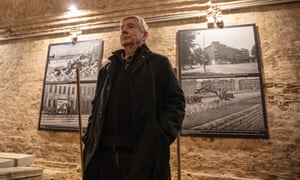
“We’d measure how far we’d got every five to six days so that we could ensure we’d come out where we’d originally planned to,” he said.
The Berlin Unterwelten (Berlin Underworlds) association, which has specialised in offering tours of subterranean Berlin since 1997, was instrumental in excavating the tunnel, raising €300,000 for the project. Hundreds of volunteers spent three years removing the earth with shovels and caulking hammers in often precarious conditions.
The head of the association, Dietmar Arnold, said the tunnel had been christened Hasso Herschel after the now legendary Fluchthelfer, or escape agent, responsible for helping around 1,000 people to flee the German Democratic Republic. Herschel was behind the brewery tunnel as well as many successful escape plots, including the notorious Tunnel 29, a mission in which 29 people were rescued, which inspired a film and more recently a popular BBC podcast.
Escapes beneath the Berlin Wall initially took place through the sewerage system, until the authorities blocked the routes.
Most of the 75 tunnels failed, Pfeifer said. “The whole tunnel building enterprise was not particularly successful – it was a huge amount of work at considerable risk to our lives. But what else could we do? You hardly need to question our motivation for doing it, to rescue friends and family.”


